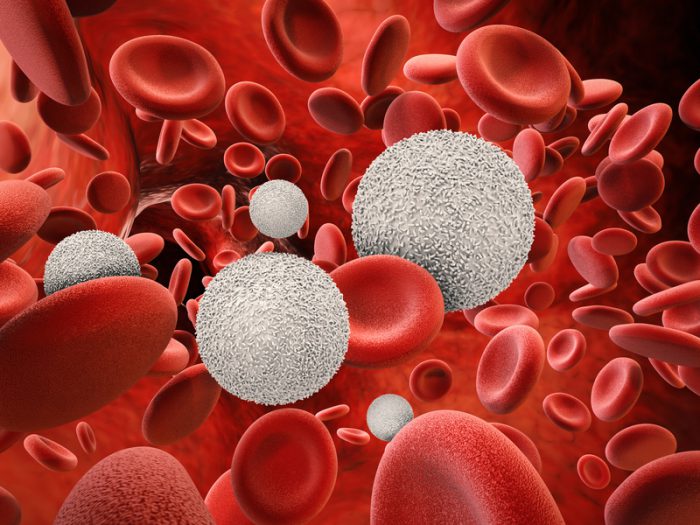From a very early age, we're told about the amazing healing powers of our own body. And it's no exaggeration. You only need to watch the way that a cut can heal on our skin to be amazed by the simple beauty of our body in action.
But the real miracles tend to come from the work done by our body that we can't see. The work of our immune system. Immune cells are invisible to the eye, but they patrol our blood by the billions, seeking and destroying invaders that would otherwise make us sick and weak. They are our own private army.
You may already know this. We often get reminded that this is what our body is up to as we recover from a fever. But what does this patrol actually look like?
Can we see our immune cells in action?
Thanks to researchers at the University of Queensland in Brisbane, Australia, you bet!
Big eaters
Regardless of what you're seeing there, that's a pretty neat video. But once you actually know what it is? Well, prepare to be amazed ...
These are macrophage white blood cells. The word means "big eaters" in Greek, and it's a solid name for these immune cells. They move around our body and inspect all of our tissues for things that don't belong. They're a microscopic security system. If they find something that doesn't check out, they trigger a larger immune system response to get your body back into shape.
They perform this inspection using something called a gulping mechanism. These are seen as those flapping green objects that move across the surface of the cell. Each "gulp" snags some fluid, which the cell can then analyze.
Future fighters
White blood cells as seen under an electron microscope. (Getty Embed)
So is this information more than just cool to look at? Well, according to Professor Jenny Stow at U of Q ...
"This imaging will give us phenomenal power to reveal how cell behavior is affected in disease, to test the effects of drugs on cells, and to give us insights that will be important for devising new treatments."
In other words, yes! While scientists are still in the process of figuring out exactly how to use this information, they know that it reveals a lot. For example, cancer cells apparently use a similar 'gulping' system. Can learning about this help us better understand how cancer cells work ... and therefore how to stop them?
We certainly hope so!
 A new video from an Australian university has revealed awesome details of how white blood cells look for intruders. (© Kittipong Jirasukhanont - Dreamstime.com)
A new video from an Australian university has revealed awesome details of how white blood cells look for intruders. (© Kittipong Jirasukhanont - Dreamstime.com)









